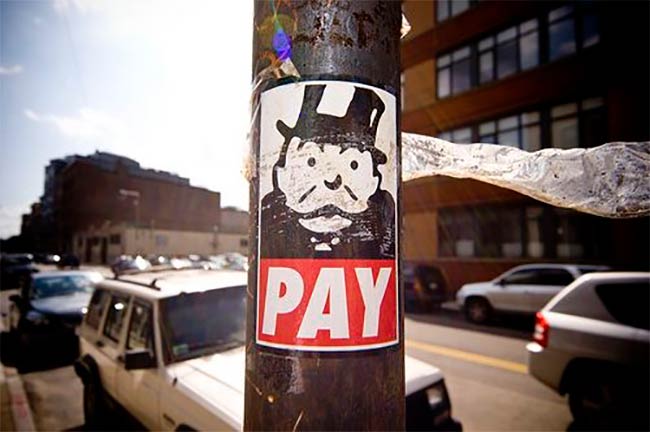 Illustration by Robert G Fresson
Illustration by Robert G Fresson
On June 23rd I’ll be voting in the referendum on whether the UK should leave the EU. The amount of scare stories in the press is ridiculous. I want to hear from people with educated, unbiased opinions, and the evidence professor Patrick Minford gave to a Parliamentary select committee on November 3rd 2015 covers the strongest case I’ve seen for which way my vote will go.
“Do we want to be part of a global market with free trade or do we want to be inside the EU, inside a customs union with highly restrictive and excessively interventionist regulative policies?
“What people are saying is that if we leave the EU it’s disastrous because we’ll lose leverage, but the truth is we will move — if we’ve got any sense — to a liberalised economy fundamentally under free trade. It pays us to sell our goods to other people in the world market and to take their goods at world prices. That will lower our cost of living.
“To have a simulation of leaving the EU, the first thing that comes out is an eight percent drop in the cost of living on day one because of the move from EU prices to world prices. Now that is really worth having.”
The backup working paper for the committee goes into detail about specific figures and percentages, and the full-length version of the video is here (from the 16:29 mark).
Patrick Minford is author of Should Britain leave the EU? (second edition, 2015).
—
Update: 19 May 2016
This is easily the best speech I’ve heard from either side of the debate, by Conservative MEP Dan Hannan.
